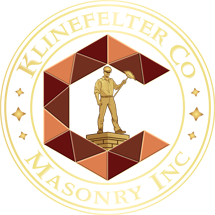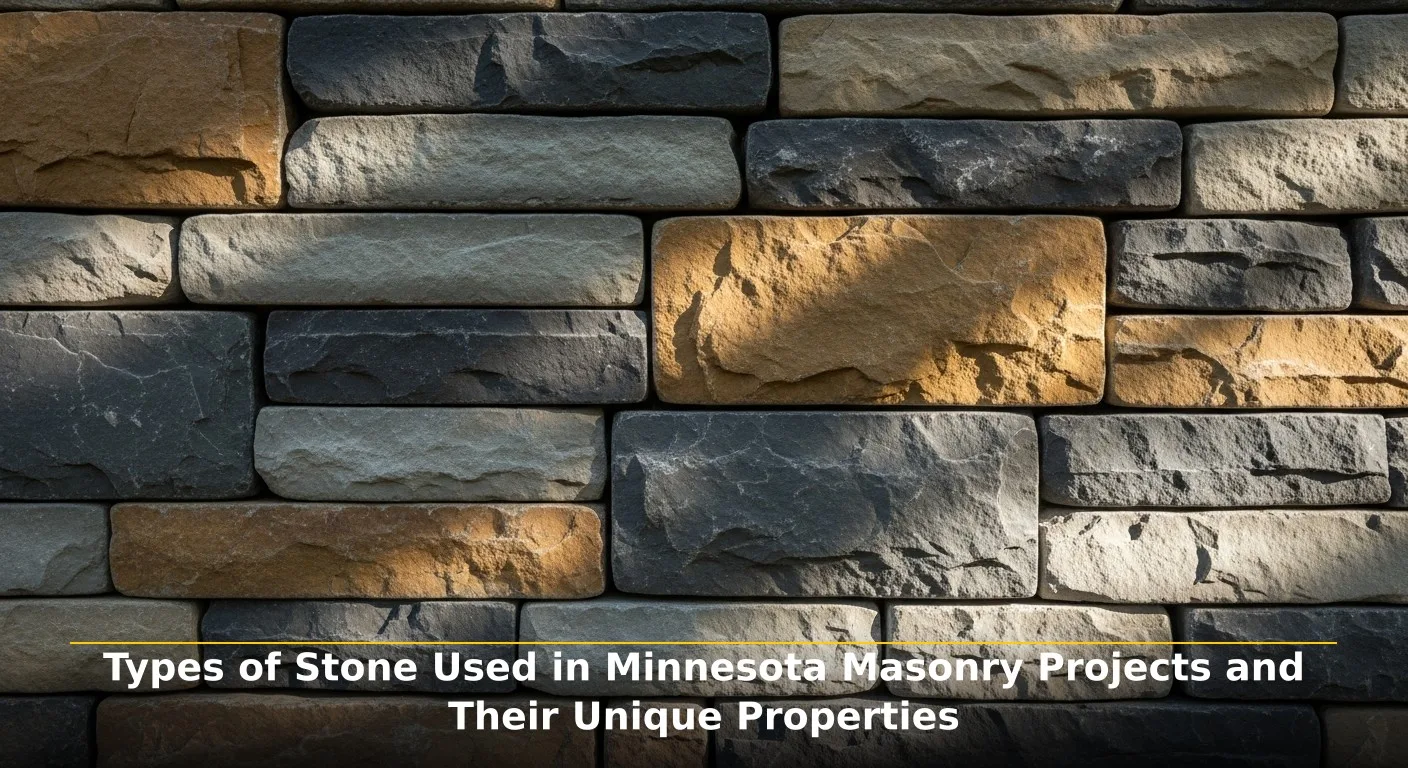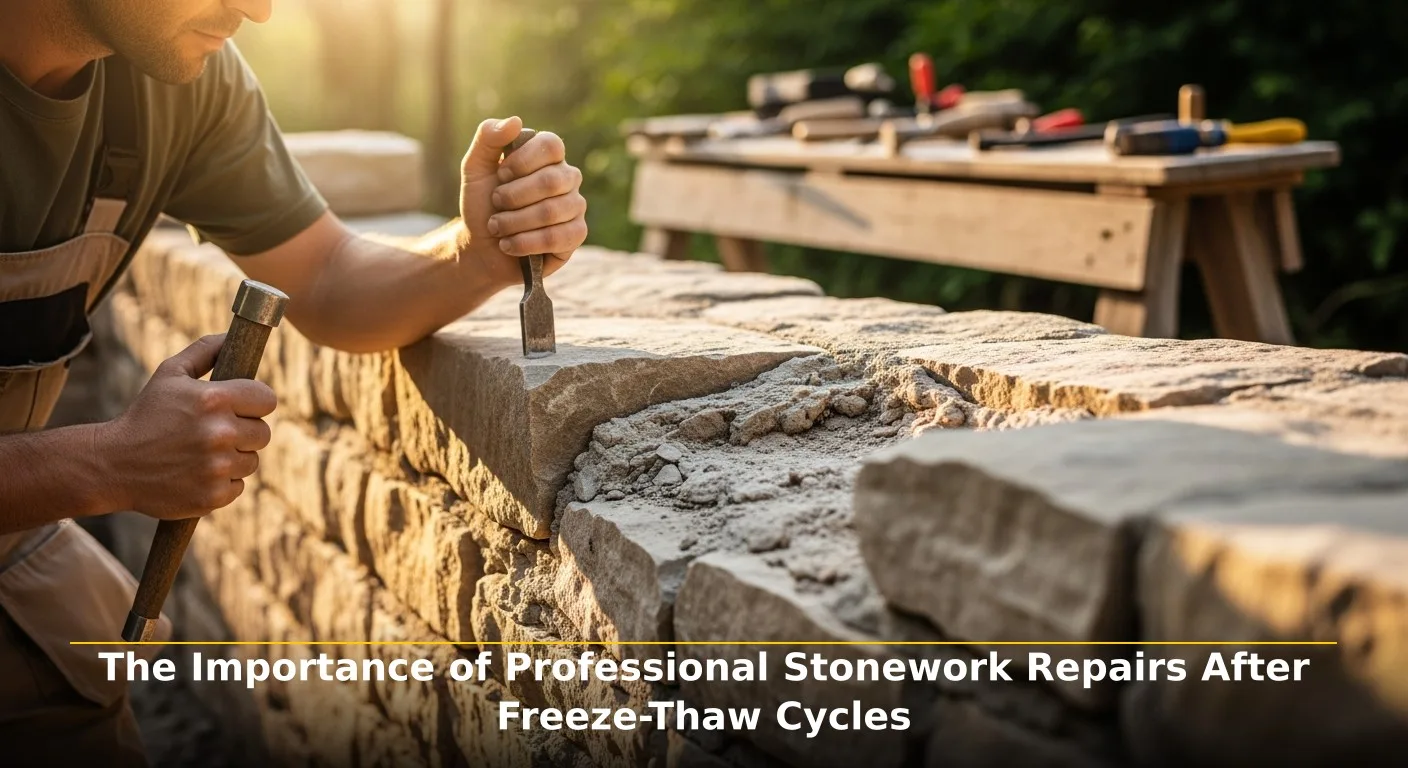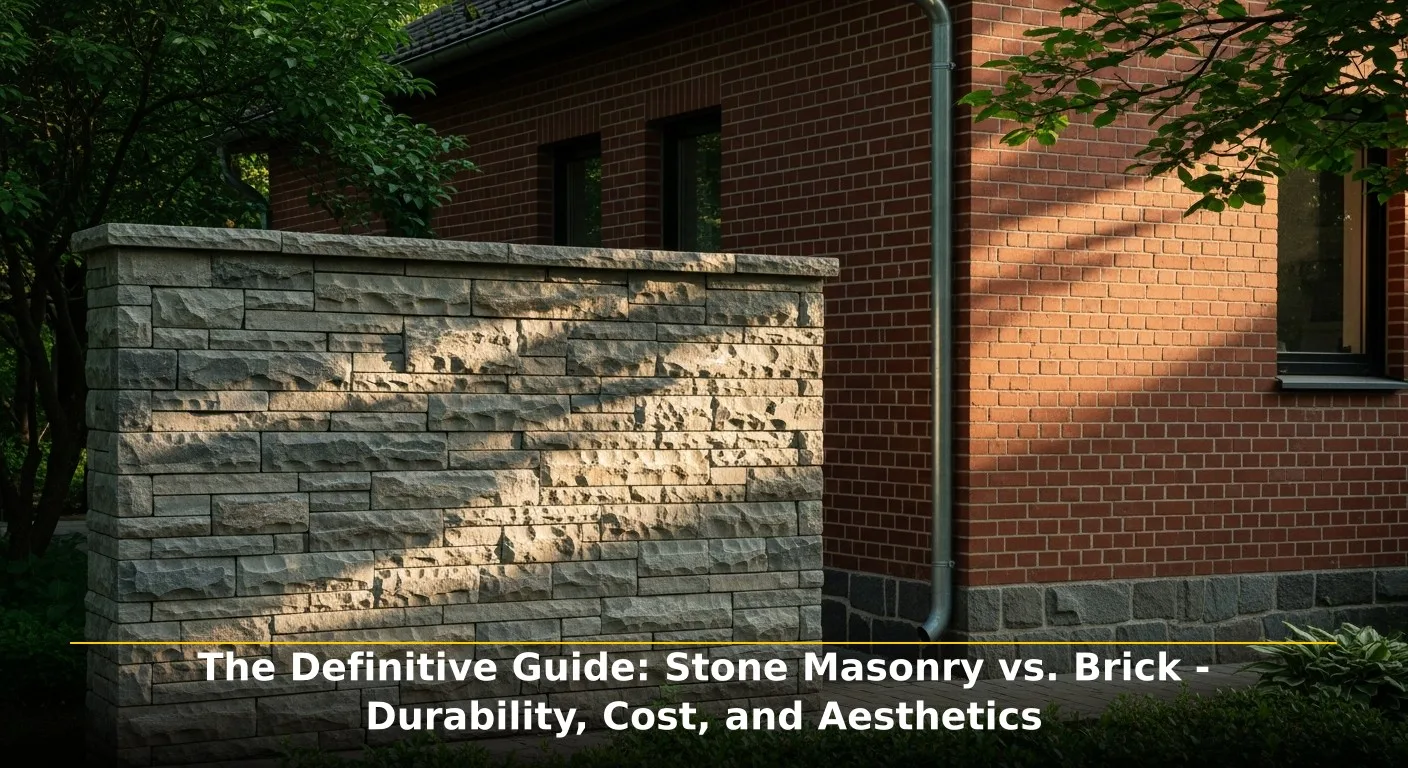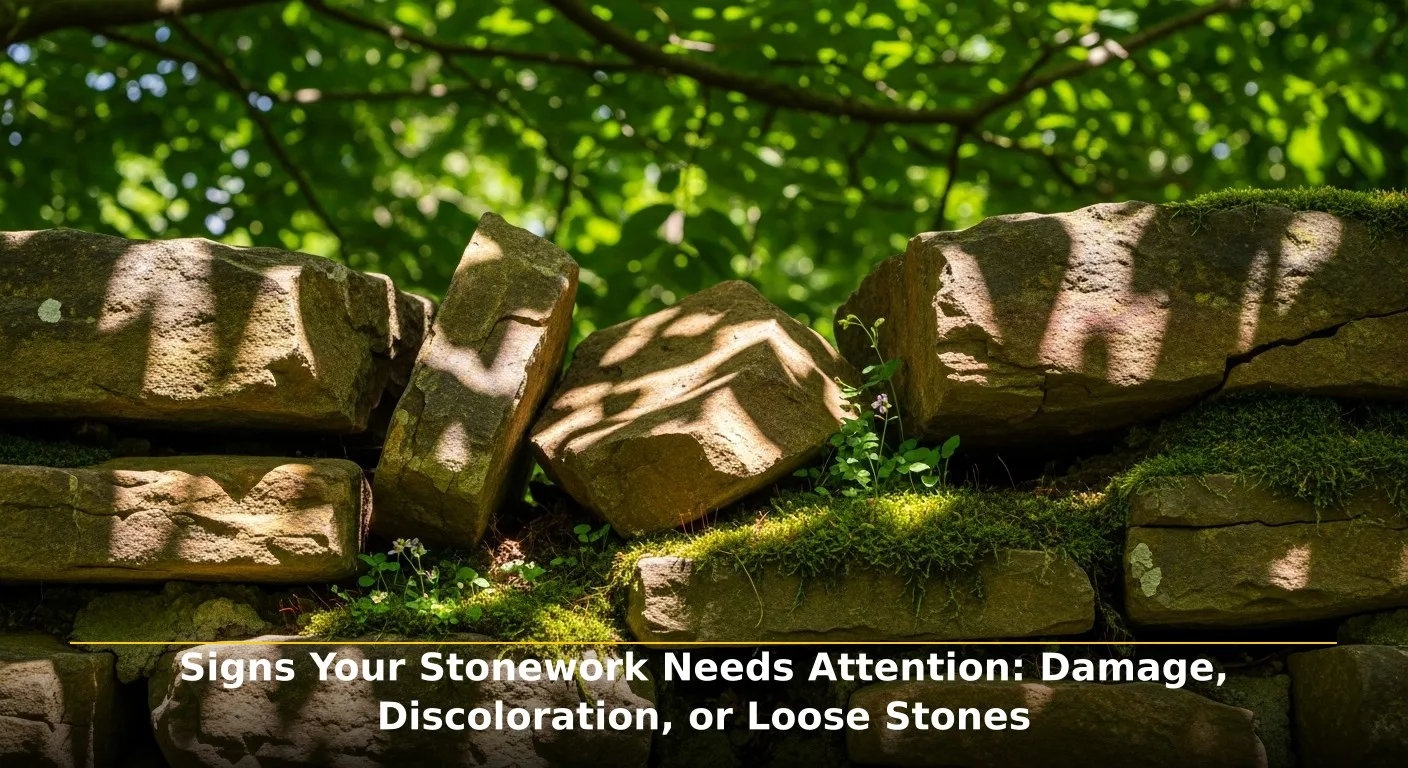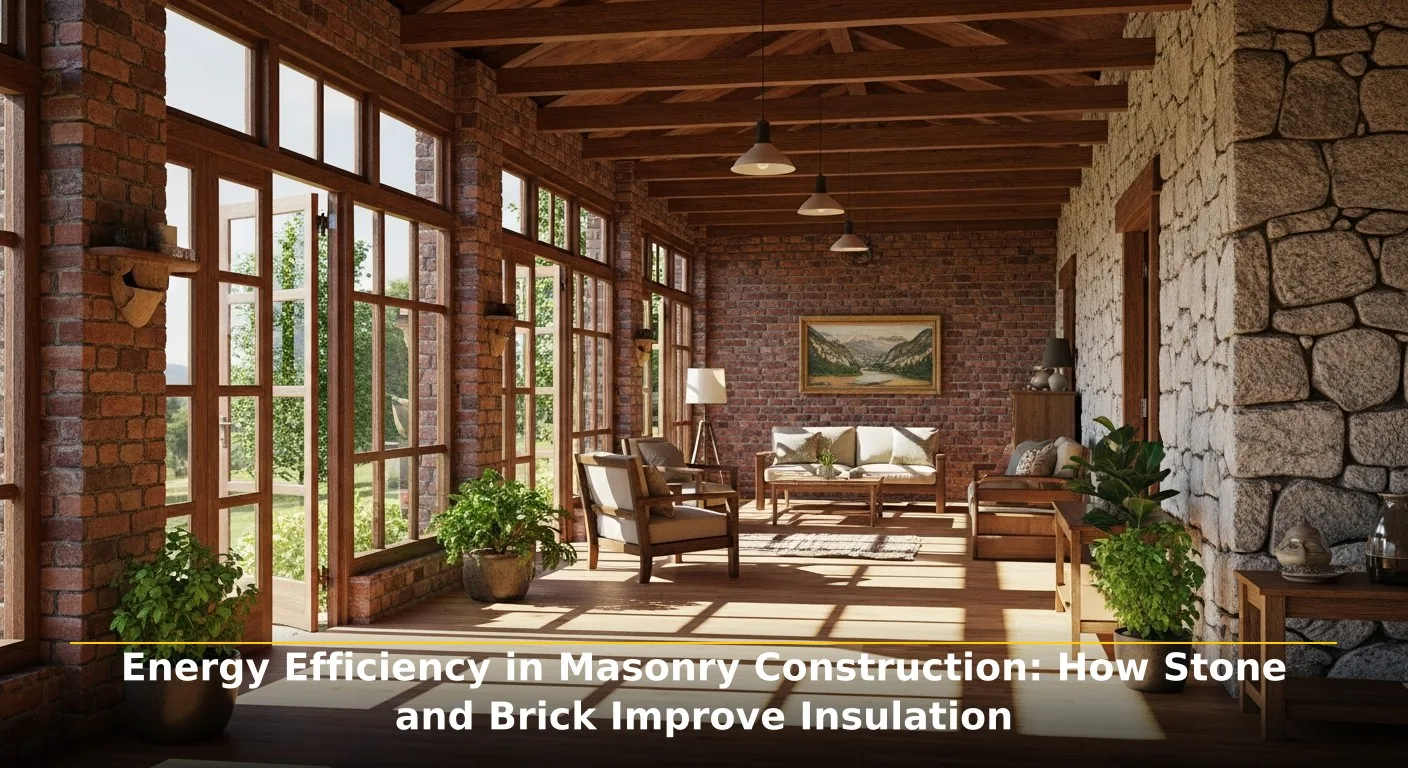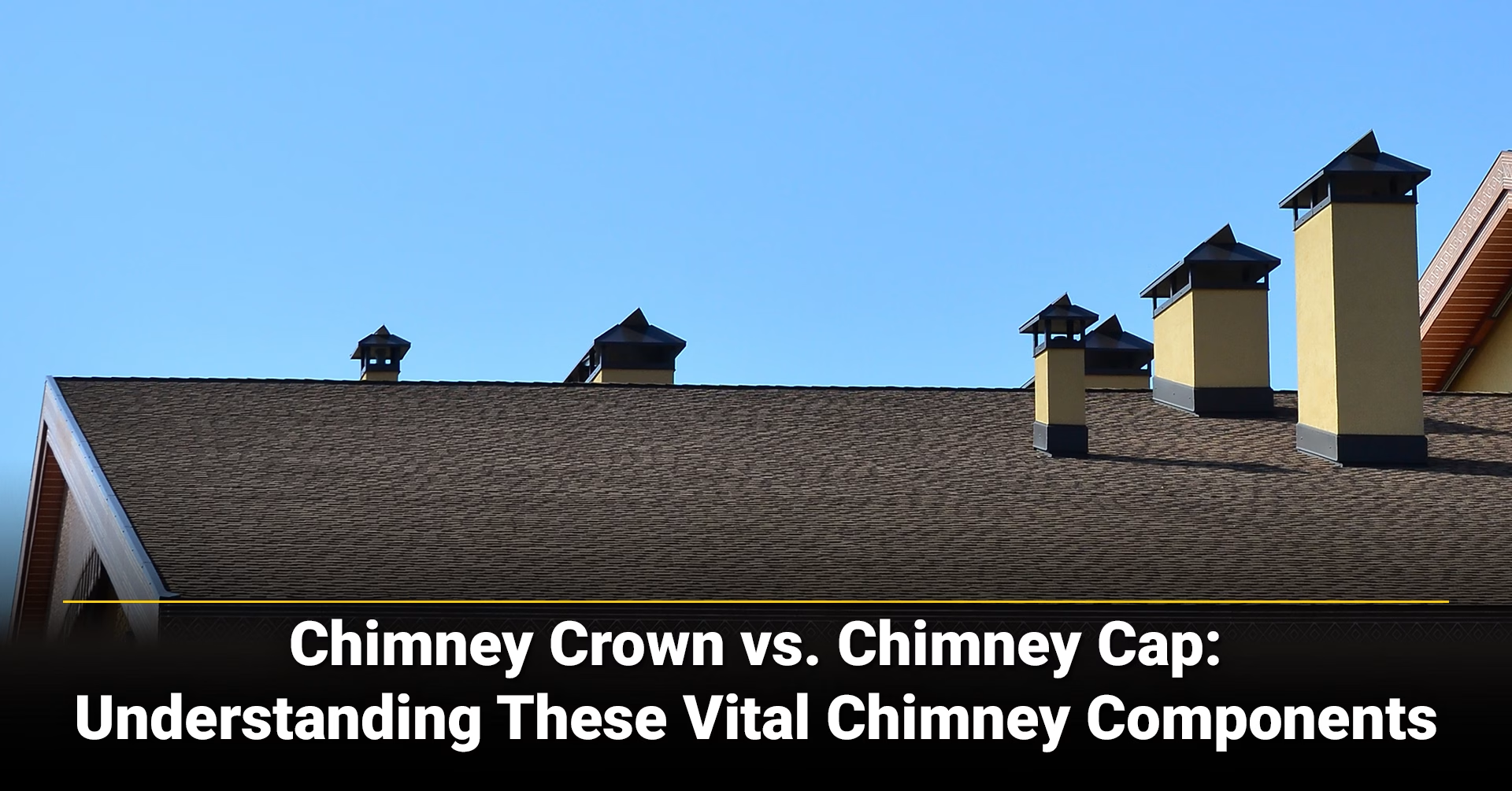It’s easy to confuse the terms chimney crown and chimney cap—after all, both have the word “chimney” in their names. Yet, they are distinct parts with different materials, functions and maintenance needs. Knowing the difference helps homeowners recognize problems early and make informed decisions about repairs. This guide explains what each component does, how they protect your home from Minnesota’s harsh weather, and why both are essential to the longevity of your chimney system.
1. What Is a Chimney Cap?
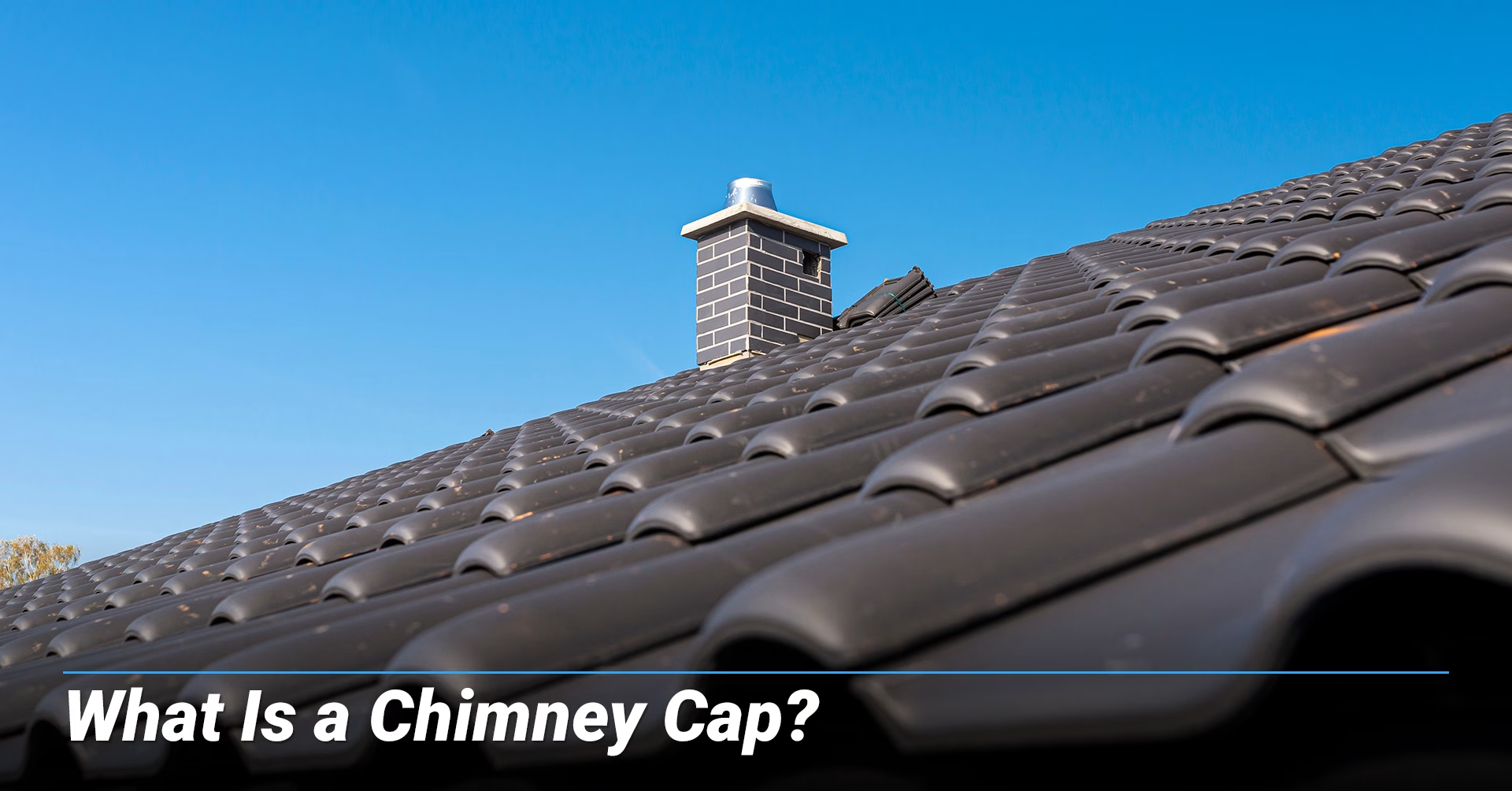
A chimney cap is a metal cover that sits directly above the chimney’s flue. Caps are usually made of stainless steel or copper and often include a mesh screen. It acts as an umbrella over the flue opening.
Functions of a Chimney Cap
There are several key reasons why a properly installed cap is vital:
● Rain and moisture protection: The cap prevents water from pouring down the flue. Water is a major enemy of chimneys because it can corrode metal liners, rust dampers and soak into brick and mortar.
● Animal exclusion: Birds, squirrels and raccoons may see an uncapped flue as the perfect nesting site. Their mesh sides block animals and accompanying flammable nesting materials.
● Debris barrier: The cap shields the flue from leaves, twigs and other debris that could create blockages and fire hazards.
● Spark arrestor: Many caps are designed to stop hot embers from escaping the chimney and landing on the roof, reducing the risk of fires occurring.
Signs of Cap Problems
Inspect your cap periodically. Look for rust, bent metal, missing screws, or holes in the screen. If this blows off during a storm or becomes clogged with creosote, replace it promptly to maintain protection.
2. What Is a Chimney Crown?
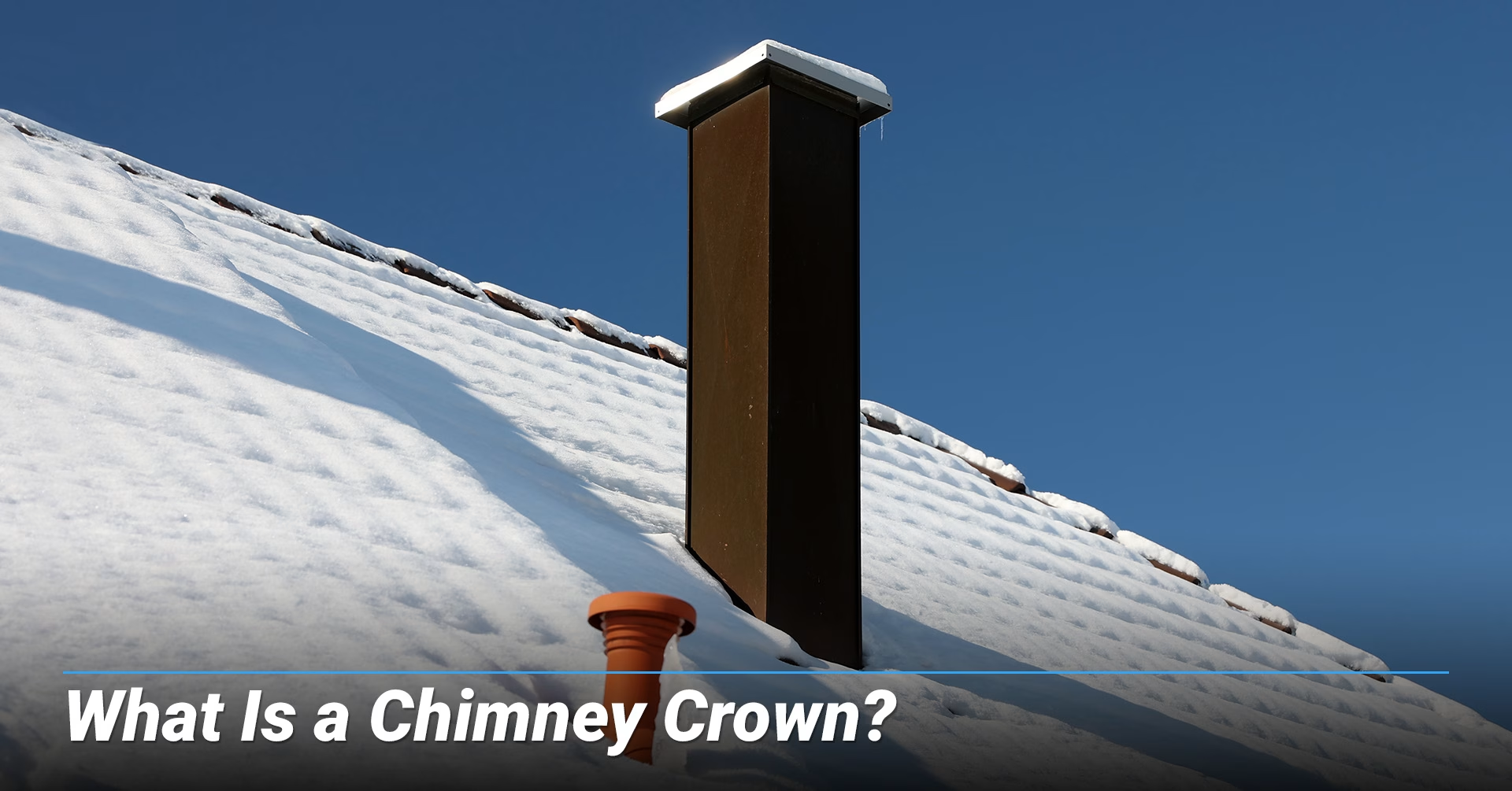
Unlike the metal cap, the chimney crown is a slab of concrete, mortar or stone that sits atop the chimney’s masonry and surrounds the flue. It is slightly sloped so rainwater runs off instead of pooling.
Functions of a Chimney Crown
● Water barrier: Brick and mortar are porous and can absorb water. Crowns form a solid lid over the masonry, preventing moisture from seeping in. Properly sealed crowns create an impenetrable barrier against the state’s infamous rain, snow and freeze–thaw cycles.
● Structural stability: The crown acts like a rigid frame that helps hold the top of the chimney together. Without it, bricks and mortar could loosen and lean over time.
● Runoff control: The slight slope directs water away from the flue and onto the roof, reducing the chance of leaks through the masonry.
Signs of Crown Problems
Cracks, crumbling edges or missing chunks indicate that a crown is failing. Water can seep through gaps and into the chimney structure, leading to spalling bricks, interior mold and even structural collapse. Because crowns are made of mortar, they eventually wear out from exposure to weather. Some prefabricated chimneys use a chase cover instead of a crown. These metal covers serve a similar function but may rust and require replacement.
3. How the Crown and Cap Work Together
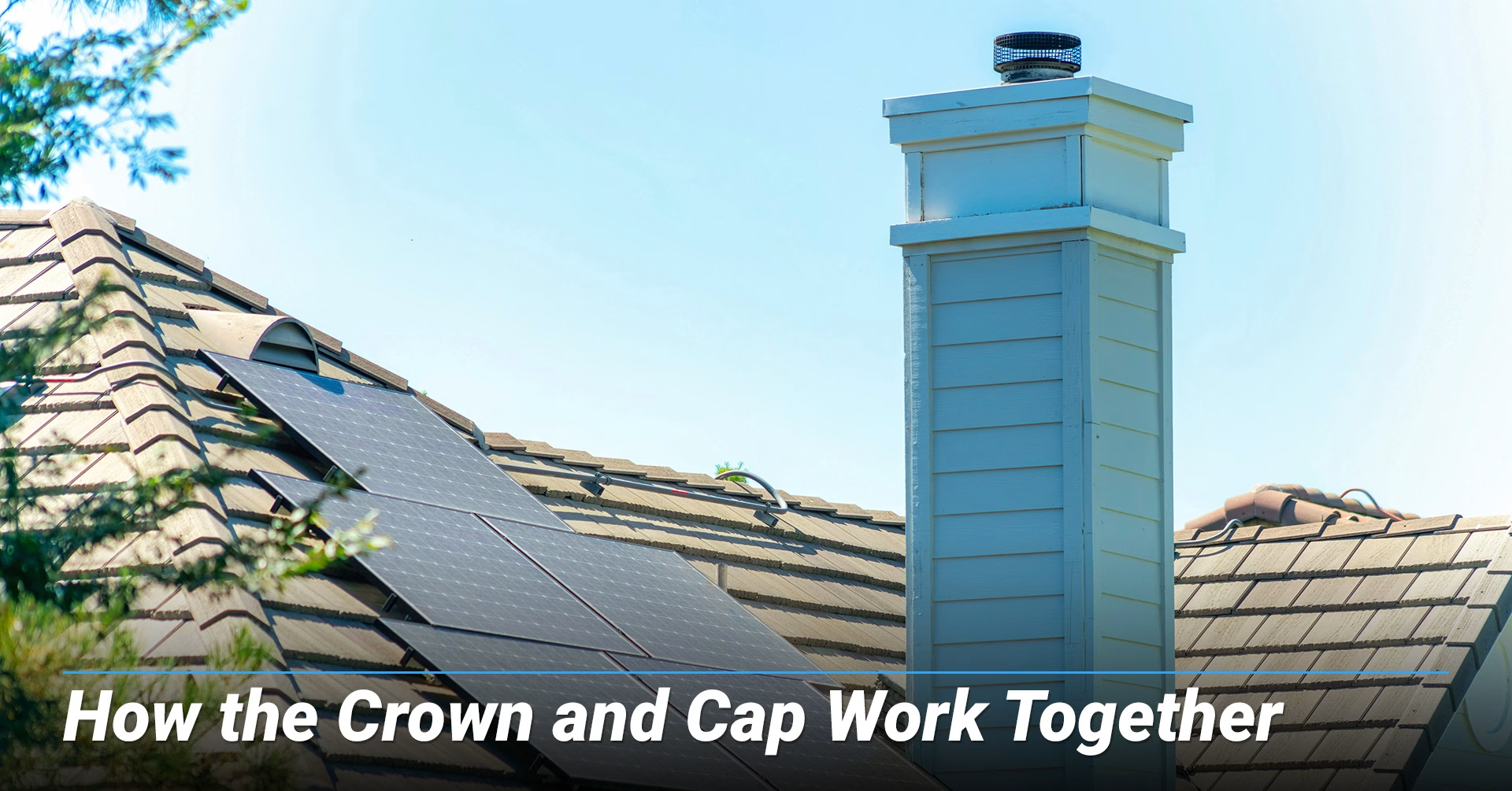
Think of the crown as the roof of your chimney and the cap as the roof vent. The crown seals the top of the masonry and keeps water off the bricks, while the cap covers the flue opening itself. A missing crown exposes the bricks and mortar to water damage, and a missing cap exposes the flue to debris, animals and rain. Both components must be in place and intact to provide complete protection.
Differences at a Glance
Component | Material | Primary purpose | Signs of trouble | Typical maintenance |
|---|---|---|---|---|
Chimney cap | Stainless steel, copper or galvanized steel with mesh | Keep rain, animals and debris out of the flue; act as a spark arrestor | Rust, bent metal, missing screws, clogged mesh | Annual inspection; clean or replace if damaged |
Chimney crown | Concrete, mortar or stone | Seal and stabilize the top of masonry; shed water away from chimney | Cracks, crumbling edges, pooling water | Inspect for cracks; apply waterproof sealant; rebuild when necessary |
Chase cover (for prefab chimneys) | Stainless or galvanized steel | Cover the entire top of a prefabricated chimney and shed water | Rust, warping, loose fasteners | Replace with thicker stainless steel when rusted |
4. Maintenance and Repair Tips
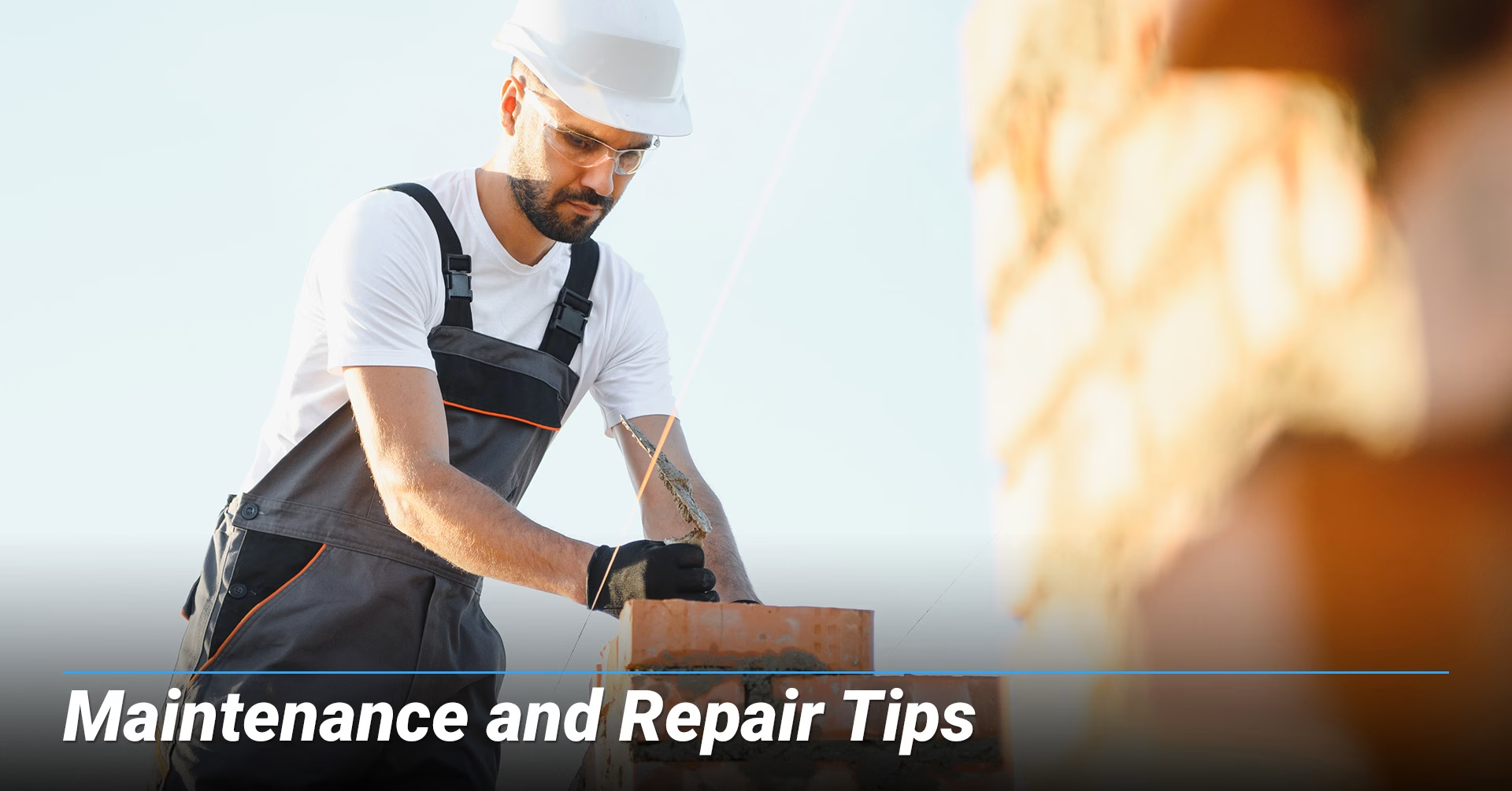
A. Annual Inspections
Have a certified professional inspect both the crown and the cap during your yearly chimney checkup. They will ensure the cap fits tightly, mesh stays intact, and the crown shows no signs of cracking or deterioration.
B. Waterproof Sealant
Professionals can apply a breathable, siloxane‑based waterproofing agent to the crown. Doing so helps the concrete repel water while allowing trapped moisture to escape, preventing cracks caused by freeze–thaw cycles.
C. Repair or Replace Damaged Components
Minor cracks in a crown can sometimes be sealed with a specialized patching material. Large cracks, missing sections, or severe deterioration require rebuilding the crown entirely. Chimney caps that are rusted, bent, or missing should be replaced with durable stainless steel or copper units. If your home has a prefabricated chimney with a thin galvanized chase cover, consider upgrading to a thicker stainless‑steel model to prevent rust.
D. Don’t Ignore Small Issues
A small crack or loose cap may seem unnecessary, but water is relentless. Once moisture enters the chimney structure, freeze–thaw cycles can rapidly expand cracks and cause extensive damage. Addressing problems early prevents costly masonry repairs down the road.
Conclusion: Keep a Lid on It
A chimney crown and cap quietly protect your home from weather, animals, and debris. Though often overlooked, these components play vital roles in keeping your fireplace safe and efficient. Understanding their functions and watching for signs of wear empower you to take timely action. Annual inspections, waterproofing, and prompt repairs will ensure that the chimney stands tall through the North Star state’s toughest winters. When in doubt, call a certified chimney technician—because a strong crown and cap are your chimney’s best defense.
Frequently Asked Questions
1. How long do chimney caps and crowns last?
High‑quality stainless steel or copper caps often last 20 years or more with proper maintenance. Concrete crowns can last several decades, but harsh weather and freeze–thaw cycles may shorten their lifespan. Inspect both annually and replace them when signs of cracking, rust, or structural failure appear.
2. Do I need both a crown and a cap on my chimney?
Yes. Crowns protect the top of the masonry by shedding water away from the bricks, while the cap covers the flue opening to keep rain, animals and debris out. These components work together to preserve the entire structure.
3. What material is best for a chimney cap or crown?
For caps, stainless steel and copper offer long‑term durability and often come with lifetime warranties; galvanized steel is cheaper but rusts quicker. For crowns, reinforced concrete or stone with a proper slope provides strength and water resistance; some prefabricated chimneys use rust‑resistant stainless steel chase covers.
4. How much does it cost to replace a cap or repair a crown?
Replacing a standard cap typically costs a few hundred dollars, depending on size and material. Repairing or rebuilding a concrete crown can cost several hundred dollars to over a thousand, depending on the extent of damage and height of the chimney. Stainless steel chase covers and custom copper caps have higher price tags but are more durable.
5. What’s the difference between a chimney crown and a chase cover?
Crowns are usually made of concrete and are part of masonry chimneys; they surround the flue and slope outward to shed water. Chase covers are metal lids used on prefabricated or factory‑built chimneys; they enclose the entire top of a wooden or metal chase and include a collar around the flue pipe. Both protect against water, but their construction and installation differ.
